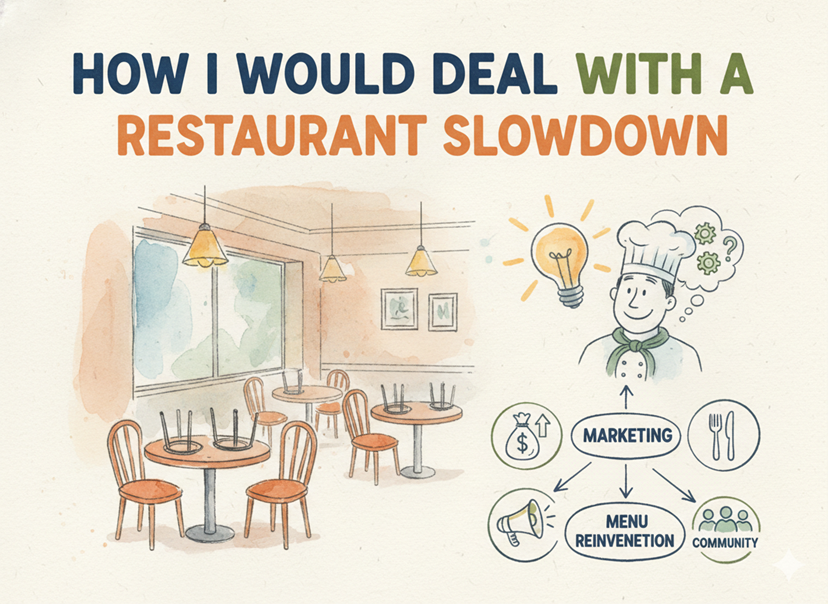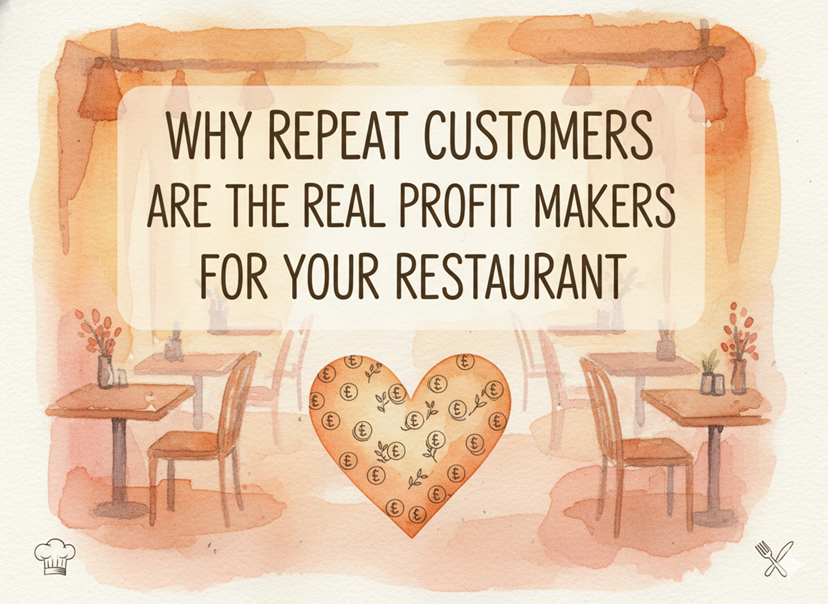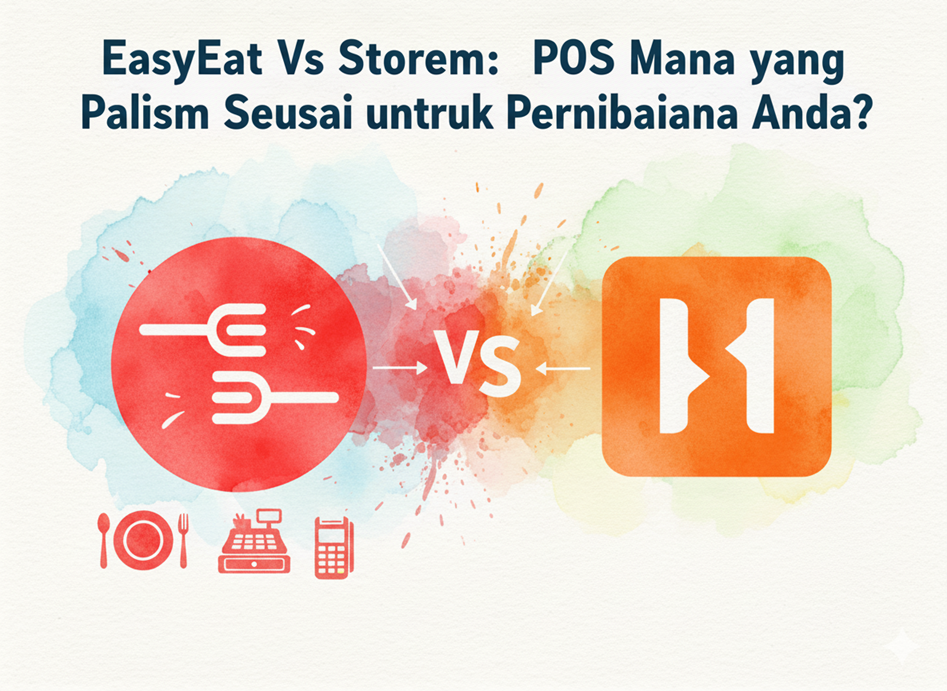If you’re serving food and managing a team every day, then you already understand how important it is to keep things smooth. One of the key tools that helps with this is your point of sale (POS) system. It helps you take orders, manage bills, and stay organized. But as technology evolves, you may hear terms like online POS, offline POS app, or cloud-based POS system for restaurants and wonder which one is best for you.
Choosing between online and offline POS systems depends on your needs, your location, how your kitchen works, and how your guests prefer to order and pay. Let’s explore what these two systems are, what they do, and how you can decide which one works better for your setup.
What Is an Online POS System?
An online POS system is also called a cloud-based POS system for restaurants. It connects to the internet and stores all your data securely on cloud servers. That means your sales data, order history, inventory, and reports can be accessed anytime from any device.
Because it runs through the internet, the system gets updated in real time. You can manage multiple locations, get live data, and even check your dashboard from your phone. This is helpful if you travel between outlets or want to track your restaurant while you’re away.
Online POS systems also make it easier to integrate with other tools. You can connect it to online ordering apps, digital payment platforms, kitchen displays, and accounting software. Many systems even let you update your menu instantly across all locations.
According to a 2023 report, restaurants using cloud-based POS systems saw a 24% improvement in accuracy and a 30% increase in reporting efficiency.
What Is an Offline POS?
An offline POS works without needing a constant internet connection. It stores your data locally, either on your computer, tablet, or POS machine. This means you can continue to take orders and print bills even if your internet is down.
Once the internet comes back, the system syncs your data back to the server if it has that option. This is also known as POS offline mode. It’s useful in places where the internet is slow, unstable, or not available all the time.
Some offline POS systems offer full functionality without ever needing the internet. Others are hybrid systems that work offline temporarily and sync later. The main strength here is stability—you don’t lose access during downtime.
Comparing the Two: Online vs. Offline
Both systems help you manage your sales, orders, and billing. But the way they work behind the scenes is different. Online POS systems give you real-time access from anywhere. Offline POS gives you reliability in case your internet isn’t always strong.
Online POS systems are better if you want centralized control. You can manage multiple locations from one dashboard, track inventory across outlets, and view detailed reports on the go. You can also integrate loyalty programs, online orders, and third-party delivery apps.
Offline POS systems are useful if your place often experiences power cuts, poor network coverage, or if you want a simple setup that doesn’t depend on the internet. These are popular in food trucks, remote locations, or temporary setups.
When using a restaurant POS, many people choose a system that offers both. A hybrid POS can work online but switch to offline mode when needed. This means you never lose orders and always stay in control.
Feature Comparison
Let’s compare the most important features so you can decide based on what matters to you.
When it comes to order processing, both systems support taking and printing orders. But with an online POS system, you can update your menu remotely and push changes instantly to all devices.
For reporting, online systems are stronger. You can access sales summaries, staff performance, and item-level reports from any location. Offline POS systems store reports locally, and you need to be at the device to access them.
If you want to integrate digital payments, online POS systems make it easier. Most of them connect to wallets and card readers. With offline POS, some payment modes may not work when the internet is down.
Online POS systems also offer better tools for marketing. You can run SMS campaigns, offer digital receipts, and track guest preferences. These features usually don’t exist in basic offline systems.
When it comes to cost, offline POS systems may have a one-time setup fee. Online POS systems usually have monthly or yearly plans. But with online systems, you get automatic updates, data backup, and easier scalability.
Which One Should You Choose?
You should pick based on what works best for your daily needs. If your internet is reliable, and you want access from anywhere, a cloud-based POS system for restaurants will serve you better. If you work in a place where the internet is patchy or unreliable, then an offline POS app might give you peace of mind.
Also, think about your plans. If you plan to grow, open more outlets, or take online orders, online POS is easier to scale. If you plan to stay small and prefer a hands-on style, offline might work just fine.
You can also choose a system that gives you both. Many modern restaurant POS providers offer hybrid models. They work online but also support POS offline mode, so your team can continue working without interruption.
How EasyEat Helps You Handle Both
EasyEat is a restaurant POS built for all types of setups. Whether you work in a cafe, a fine dining space, a food truck, or a takeaway counter, EasyEat gives you a simple tool that fits your pace.
With EasyEat, you get the full power of an online POS system. You can track sales, manage inventory, and update your menu in real time. You can view your reports from your phone and check which item is selling best, even if you’re not at the outlet.
EasyEat also gives you offline support. So even if the internet goes down, your staff can continue to take orders and print bills. The system saves your data and syncs it once the internet is back.
It connects to third-party delivery apps, supports multiple payment methods, and helps you manage your staff shifts and performance. You don’t need a separate tool for accounting, as EasyEat offers basic report exports too.
The system is built to be simple. Your staff can start using it with minimal training. And whether you have one location or ten, the same system works across all your outlets.
According to a 2023 study by TechRadar, restaurants that used hybrid POS systems like EasyEat reduced their downtime by 38% and improved their staff efficiency by 27%.
Both online and offline POS systems have their place. You don’t need to choose one over the other if you pick a system that gives you flexibility. The best choice is the one that keeps you working even when things go wrong and helps you grow when things go right.
Whether your service is fast or slow, large or small, dine-in or delivery, your POS should feel like a part of your team. And when your system does more than just billing, it becomes a tool that supports your work.
Pick something that works today and grows with you tomorrow. And don’t wait for a problem to fix your setup—choose a POS that gives you confidence, control, and peace of mind.




